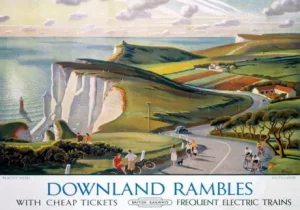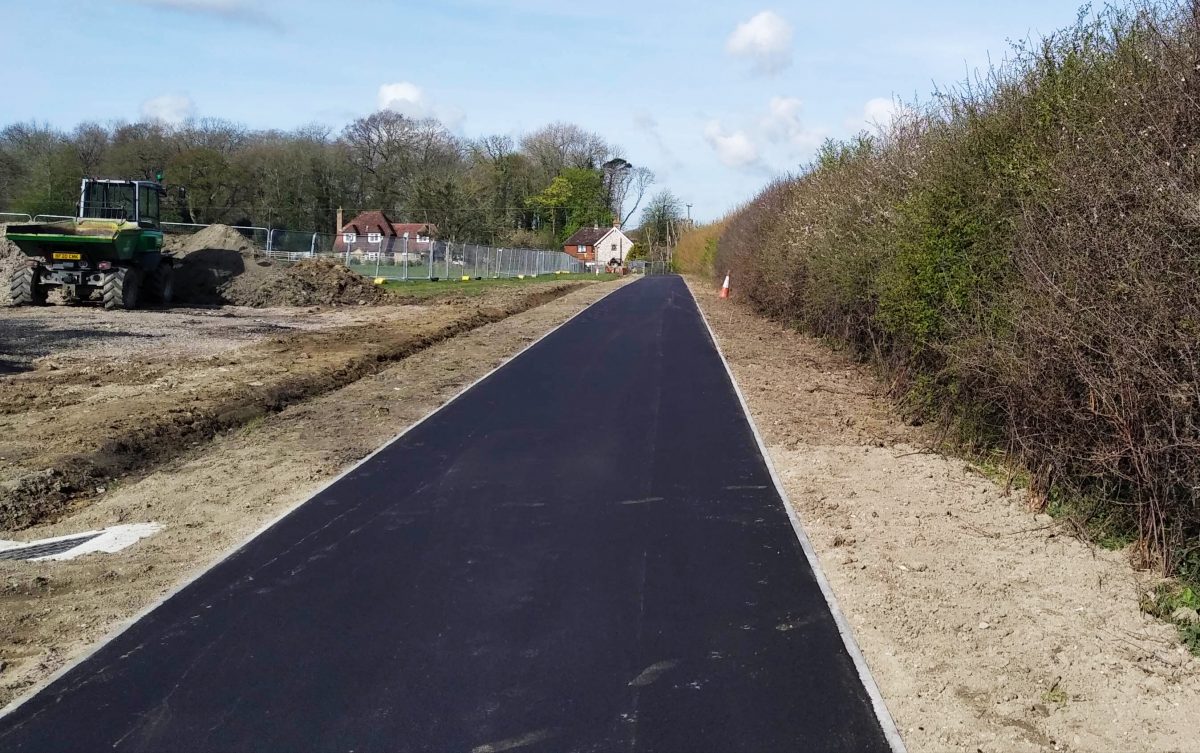How do you stay safe when cycling?
Riding a bike is a fun way to move your body, get your blood pumping and improve your health. Many of the benefits of cycling include improved circulation, increased lung capacity, healthier heart function, lower blood pressure and more toned muscles. These benefits are great for anyone of any age, but they are especially great to help older people feel younger and achieve better health.
No matter your age, it’s important to be aware of the risks associated with cycling, and how you can best overcome these. Here are three safety tips to bear in mind for your next ride.
Take it easy
Although it can be easy to get carried away while you’re busy enjoying the fresh air, it is essential to not push yourself too hard. Begin with routes that are short and not too strenuous – this will help you train your body to get used to the feel of a bike. If you notice any pain while riding, don’t ignore it – just bring your ride to an early finish. Over time you can gradually increase your speed, effort levels and distance. If you are unsure if cycling is for you, check with your doctor for peace of mind.
Consider an electric bike
Electric bikes have become increasingly popular with riders as they allow them to experience longer and more challenging rides without risking an injury. In 2020, there was almost a 50% increase in the number of searches for ‘e-bikes’, whilst between the months of January and October in the same year, one pound in every five spent on bicycles went towards an e-bike. This new technology isn’t just a gimmick – it’s helping lots of people to explore their passion for cycling, whilst minimising some of the risks.
These bikes can be used to take a little of the weight off your feet to make pedaling easier, or you can stop pedaling entirely if you’re completely worn out. They are especially helpful for helping you to scale steep hills without tiring yourself out – perfect for the adventurous
Look after your bike
Make sure you’re using a bike that is in top condition. It’s important to have your bike checked for any malfunctions that could potentially lead to accidents and have an expert assess if the bike is the right fit for your size and shape. It’s recommended to get your bike serviced once or twice a year, to ensure it remains in running condition.
You will also need to consider the way in which you store your bike. Using storage that isn’t fit for purpose can result in your bike becoming damaged, and potentially unsafe to ride. Be sure to keep it out of the elements, and locked away to deter potential thieves.
In summary
Cycling should be a fun, liberating activity, allowing you to explore more of the great outdoors at your own pace. But ignoring the dangers could increase your risk of sustaining a serious injury. Follow these tips to enjoy a safer ride, and be sure to share them with your cycling companions!
Claire Monroe – Consultant | Researcher – Digital Content & Media
Source – The Bike Storage Company https://www.thebikestoragecompany.co.uk/




